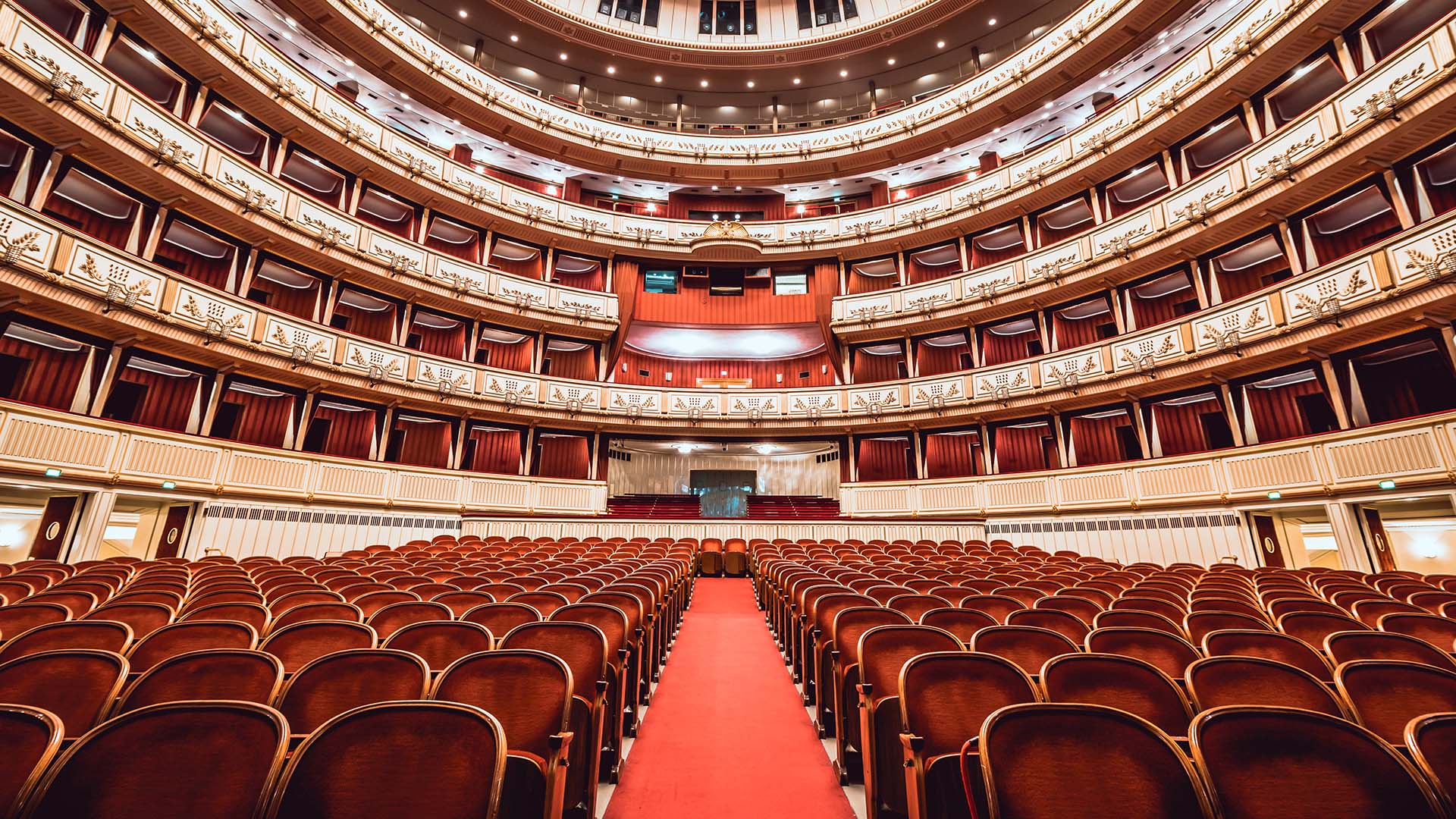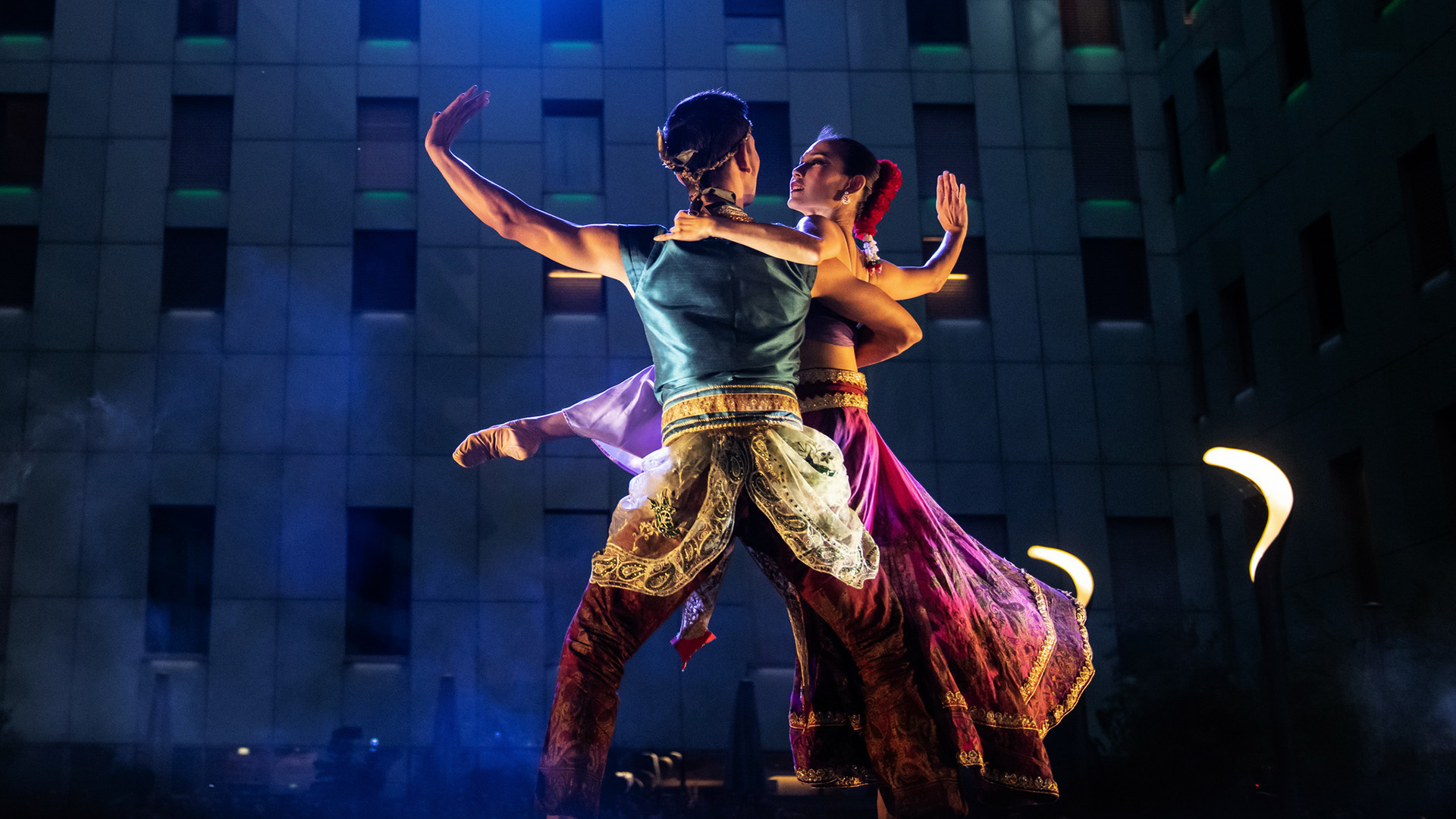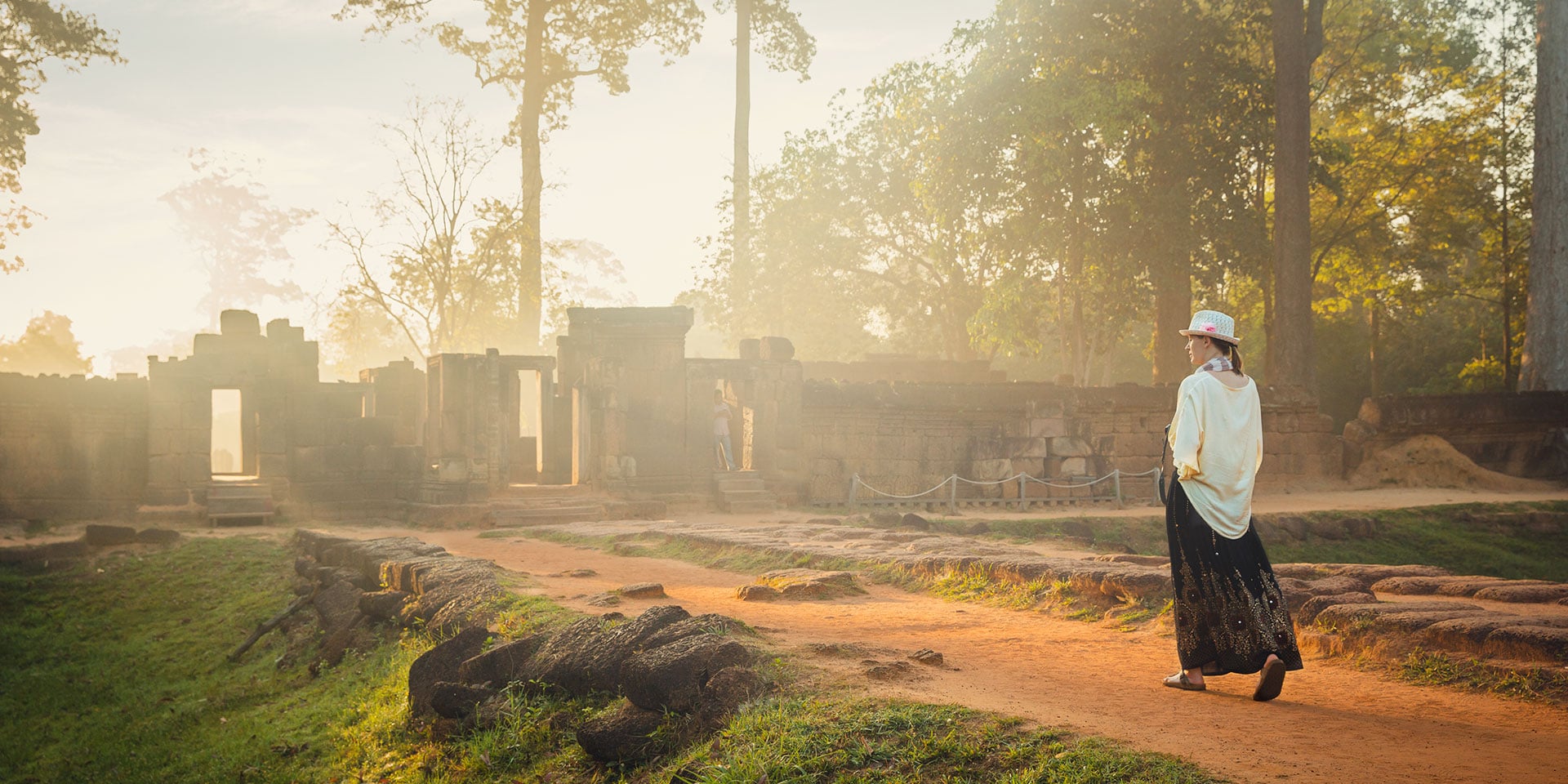
Go off the beaten path in Angkor. (Photo: Getty Images)
Culture + StyleSeeking Out the Lost Temples of Angkor
By Kezia ParkinsIf you’re on a quest to see some of the most wondrous feats of humanity, the sheer number of “like-minded” vagabonds flocking to fill their photo albums can often dampen the experience.
The thought of being herded like cattle from sight to sight is enough to dilute any mysticism and peacefulness that the world’s biggest religious monument, Angkor Wat, could offer. Picture hordes of sweaty tourists, lining up at 5 a.m. for the opportune selfie at sunrise, distracting you from the beauty right before your eyes.
If this sounds like your idea of hell, do not despair.
Although Cambodia has been on the tourist trail since French adventurers alerted the West of its temples in the 17th century (but really since Angelina Jolie turned it in into a Tomb Raider mecca in the early 2000s), there are ways to avoid Siem Reap’s holiday paparazzi and hungover backpackers.
Tong Hann, a Cambodian tour guide and photography enthusiast based in Temple Town, offers an alternate experience. Silence. Ancient stories. More silence.
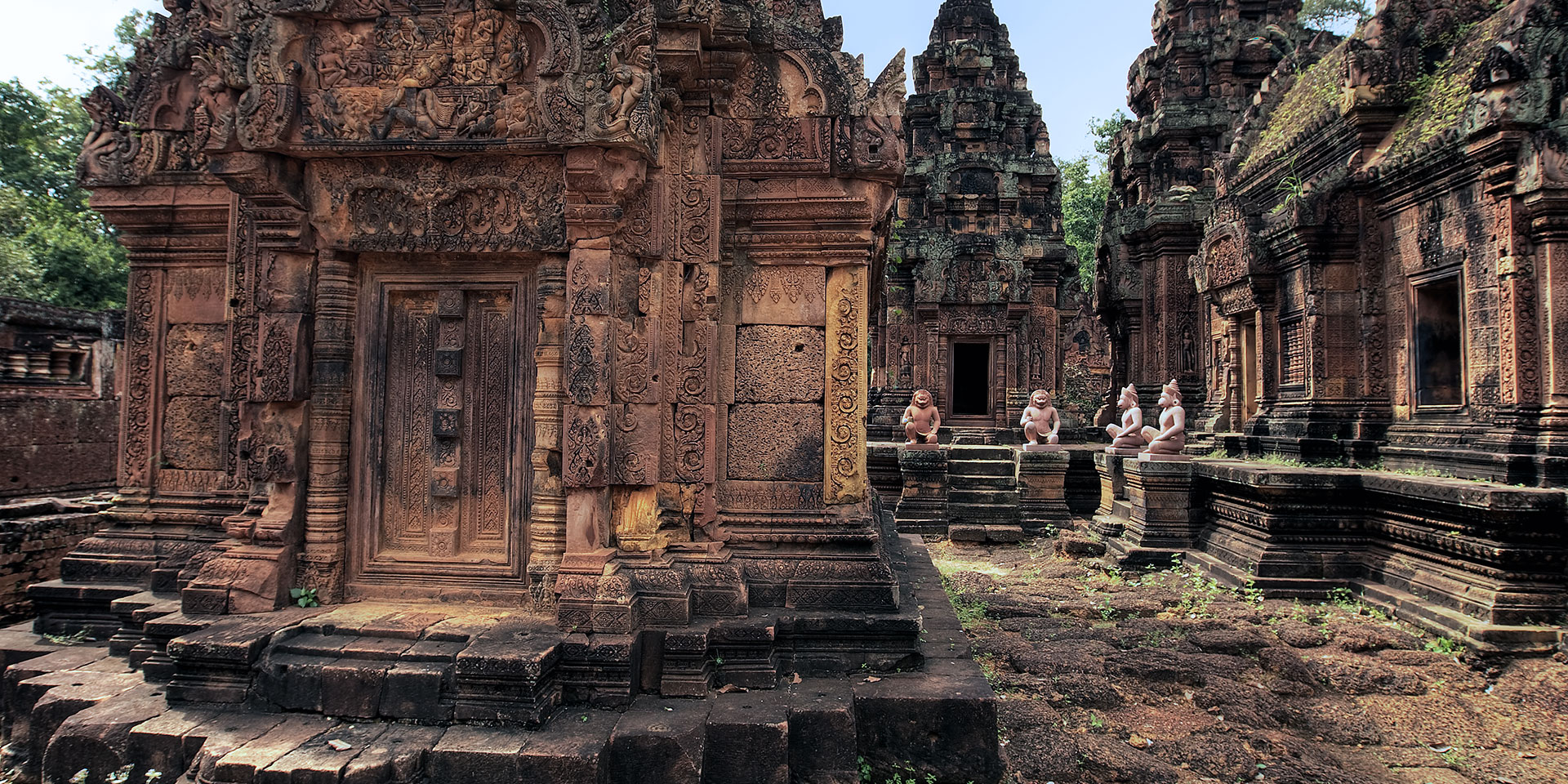
Last year Hann set up his own agency in Siem Reap, About Angkor Cambodia, with the intention of providing tranquil temple tours not offered elsewhere.
Having explored the complex hundreds of times over many years, Hann knows when to visit to avoid the huge crowds, and all of the temples’ hidden entrances and secrets.
For example, he likes to take his guests through the often-ignored back entrance of the complex’s largest temple, Angkor Wat. “Other tour guides never use this route,” he says. “It’s a completely different experience, so quiet and peaceful. It’s like being on a movie set.”
Although the three most popular temples of Angkor are undoubtedly Angkor Wat, Bayon and Ta Prohm (of Tomb Raider fame), I asked Hann to take me to the hidden temples—which, believe it or not, do still exist if you know where to look.
Banteay Prei
Back on the moped, we head further into the forest. Hann reels off fascinating facts as we fly down the dirt tracks. Past a structure struck by lightning, he points out a clearing where, in 2012, a 2.5-pound lotus crown belonging to a princess was discovered. We talk about the recent uncovering of the lost city hidden beneath Angkor’s jungle floor that’s said to be even bigger than the capital, Phnom Penh.
We arrive at a small village where stilted houses line the road. The locals look surprised as we pass through. The former residents of the walled city of Angkor Thom, until the French moved them out to restore it in 1950, they are clearly not used to visitors but they smile and wave excitedly.
Banteay Prei is one of the least known temples in the complex and Hann is likely one of the only tour guides who knows how to get to it. “There is very little information to be found about it on the internet,” he says. “I first came here with a famous tour guide in 2005. I forgot how to find it and got lost many times until I rediscovered it this year. This is only my fourth time here.”
The 12th-century temple was founded by then king of the Khmer Empire, Jayavarman VII, and was destroyed by his relative King Jayavarman VIII. Unusually, Banteay Prei is a Buddhist temple, but built in the Hindu style with only three openings instead of the typical four. A Cambodian hunter rediscovered it in 1914.
Banteay Prei’s single tower still has beautiful pediments and lintels that depict apsaras (beautiful dancing female spirits of the air and water) and tales of both Hinduism and Buddhism. Hann explains mystery after mystery to me.
There is a Spung tree standing on the south library where much information has been lost. Scripture was written on cowhides and therefore would have disintegrated many years ago. This spot is so deserted and unknown to tourists and locals alike that you could easily bring a picnic here without being charged.
Ta Nei
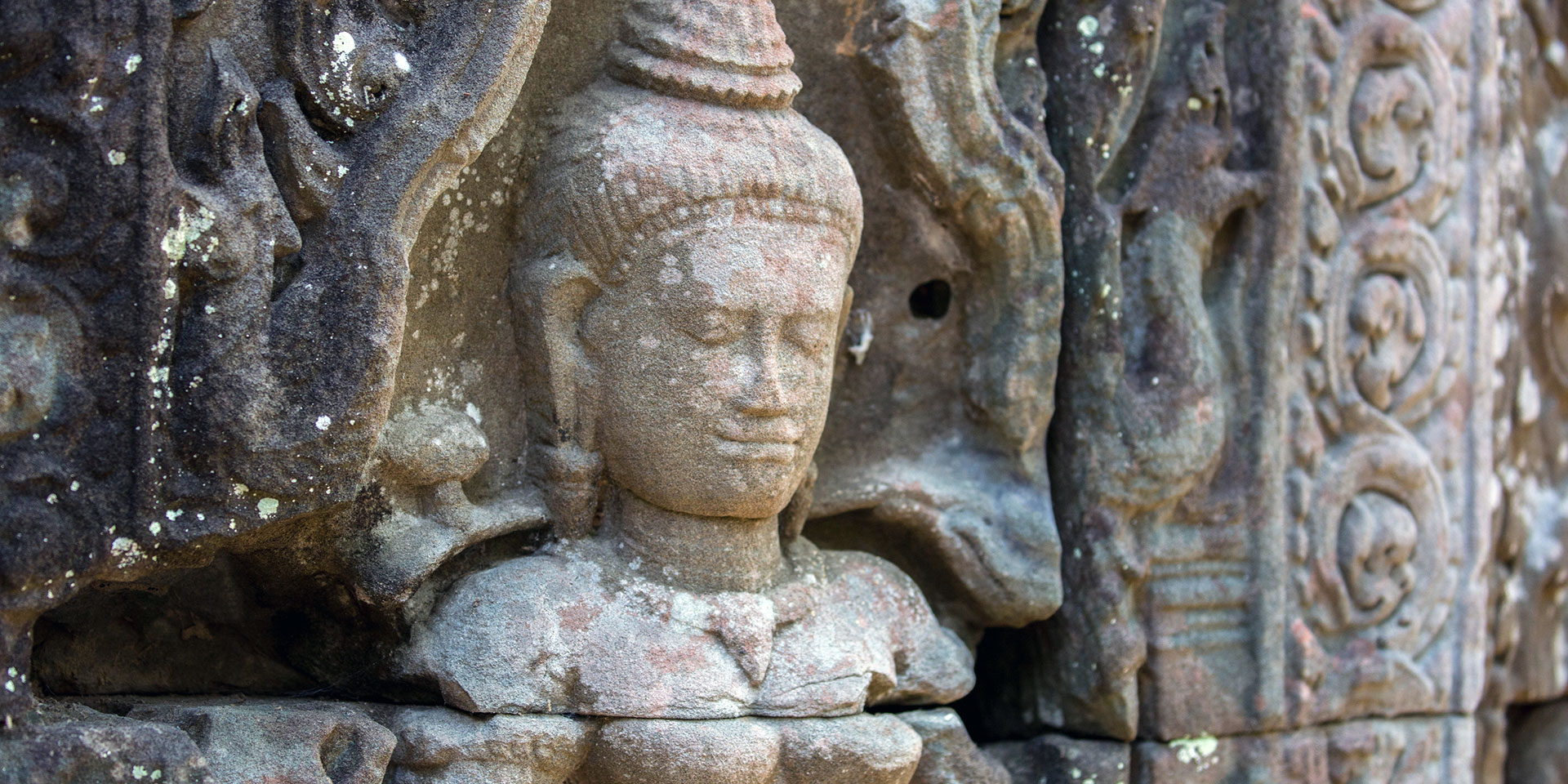
We enter the temple complex on the back of Hann’s moped, bypass the already swarming Ta Prohm and head down a narrow jungle track to Hann’s second-favorite temple—his first being Bayon. When we arrive, one adventurous, sweaty couple are just departing on their bicycles, leaving us as the only beings in the area. Silence. Peace.
Hann’s soft voice and poetic cadence lulls me into a relaxed state as he enthusiastically but calmly gives the rundown on Ta Nei. The beautiful, moss-laden temple, lined by moats on the north and south, was built under the reign of Jayavarman VII and was dedicated to Buddha.
A gigantic Spung tree glistens gold in the sunlight at the west of the temple entrance. Inside the crumbling structure, butterflies gently swirl around us. Hann points out an almost invisible sentence carved into the stone on one of the many archways in beautiful Khmer scripture.
Written by a patriarch monk from Phnom Penh in 1881, it tells of the journey made by Buddha: “One man on his horse was Sidartha Gautama. He departed to Aranharia Area to find out the four noble truths of suffering.”
Banteay Thom
Banteay Thom is one of the few temples where you can climb over the crumbled blocks to reach higher points of the structure.
From Prei we head even further out, through paddy fields and cornfields. There is no way a tuk tuk could weather this route; it can only be traversed by pushbike, moto or car.
The entrance to Banteay Thom is guarded by carvings of a god on the left side and a demon on the right. Hann explains that this is so visitors must walk through the center of good and evil.
The temple is also guarded by policemen, who live in a small tin house outside. They are smoking and gossiping while their kids laugh and play with large but friendly dogs. They invite us for lunch. Hann tells me that you could bring a picnic here but the guards are likely to demand a high fee for tourists. Again, we are the only visitors.
Banteay Thom is one of the few temples where you can climb over the crumbled blocks to reach higher points of the structure. Its ruinous state encourages looting, particularly of the incredible carvings that can be seen sticking jaggedly out of the earth. Inside the temple is a beautiful lush green clearing enclosed by windowed walkways, an incredibly quiet and meditative spot.
Jayavarman VII constructed this temple in the 12th century and dedicated it to Mahayana Buddhism. It has three towers surrounded by a moat and an impressive Spung tree has swallowed the eastern wall.
On the north tower, you can see a very rare carving of Khmer art. Vishnu is mounted on Garuda and Garuda is on Buddha. Hann tells us about the fascinating parallel mythology of Naga and Garuda, Vishnu’s mount and defeater of the serpent.
“The tale of Vishnu is incredibly long and has many twists,” Hann says. “My grandmother could recite the whole thing!”
After the tales have finished, the silence returns. The silence of stone.





